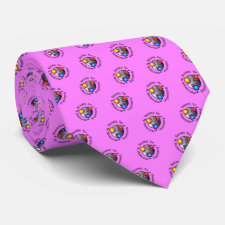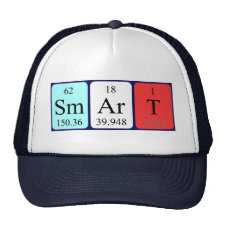
Authors: de Escobar CC, Lansarin MA, Zimnoch dos Santos JH
Article Title: Synthesis of molecularly imprinted photocatalysts containing low TiO2 loading: Evaluation for the degradation of pharmaceuticals.
Publication date: 2016
Journal: Journal of Hazardous Materials
Volume: 306
Page numbers: 359-366.
DOI: 10.1016/j.jhazmat.2015.11.035
Alternative URL: http://www.sciencedirect.com/science/article/pii/S0304389415302351
Abstract: A molecularly imprinted (MI) photocatalyst containing a low TiO2 loading (7.00 - 16.60 mg L-1 of TiO2) was prepared via an acid-catalyzed sol-gel route using different classes of pharmaceutical compounds (i.e., Atorvastatin, Diclofenac, Ibuprofen, Tioconazole, Valsartan, Ketoconazole and Gentamicine) as the template. Herein, our main goal was to test the hypothesis that photocatalysts based on molecular imprinting may improve the degradation performance of pharmaceutical compounds compared to that of a commercial sample (Degussa P25) due to presence of specific cavities in the silica domain. To elucidate certain trends between the performance of photocatalysts and their structural and textural properties, as well the effect of the structure of the drugs on molecular imprinting, the data were analyzed in terms of pore diameter, pore volume, surface area, zeta potential and six-membered ring percentage of silica. In comparison to the commercial sample (P25), we have shown that adsorption and degradation were enhanced from 48 to 752% and from 5 to 427%, respectively. A comparison with the control system (non-imprinted) indicates that the increased performance of the MI systems was due to the presence of specific cavities on the silica domain, and the textural and structural aspects also support this conclusion. The MI photocatalyst was reusable for seven cycles of reuse in which approximately 60% of its photocatalytic efficiency was preserved for the system containing Diclofenac as the template
Template and target information: Atorvastatin, Diclofenac, Ibuprofen, Tioconazole, Valsartan, Ketoconazole, Gentamicine



Join the Society for Molecular Imprinting

New items RSS feed
Sign-up for e-mail updates:
Choose between receiving an occasional newsletter or more frequent e-mail alerts.
Click here to go to the sign-up page.
Is your name elemental or peptidic? Enter your name and find out by clicking either of the buttons below!
Other products you may like:
 MIPdatabase
MIPdatabase









